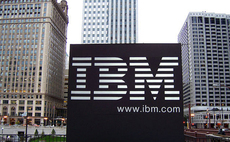IBM shows the predictive analytics, web and security technology that keeps the Wimbledon Tennis Championships online
IBM has given Computing access to the technology it uses to underpin the Wimbledon Tennis Championships, keeping the website online and populated with data from the players and their matches. An...
To continue reading this article...
Join Computing
- Unlimited access to real-time news, analysis and opinion from the technology industry
- Receive important and breaking news in our daily newsletter
- Be the first to hear about our events and awards programmes
- Join live member only interviews with IT leaders at the ‘IT Lounge’; your chance to ask your burning tech questions and have them answered
- Access to the Computing Delta hub providing market intelligence and research
- Receive our members-only newsletter with exclusive opinion pieces from senior IT Leaders






















